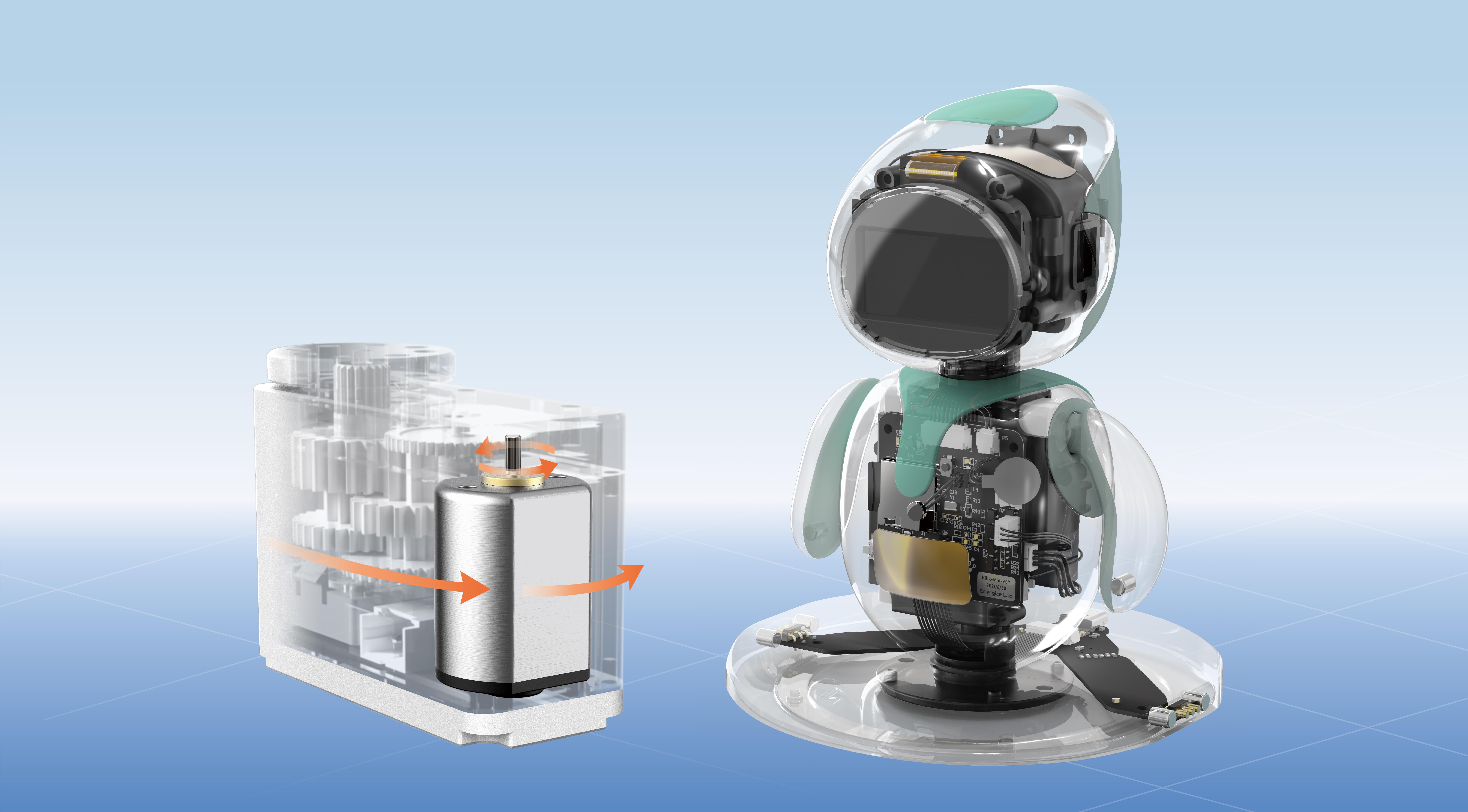Introduction: Bridging the Gap Between On-Prem and Cloud
In today’s rapidly evolving technological landscape, the allure of cloud computing continues to attract organizations seeking flexibility, scalability, and innovation. Yet, the reality for most enterprises remains a hybrid environment—where on-prem servers coexist alongside cloud platforms. Managing these diverse infrastructures effectively can be complex, but what if you could unify your management experience without rip-and-replace?

Enter Azure Arc, Microsoft's revolutionary approach to hybrid and multi-cloud management. By extending Azure’s control plane to your on-premise servers, Azure Arc enables you to treat all your infrastructure—regardless of location—as a unified environment. For organizations with significant investments in existing servers, onboarding these on-prem servers into Azure Arc is both a strategic advantage and a step toward future-proofing infrastructure.
But how exactly does onboarding work? And why is it worth doing? First, let’s explore the core benefits that make this process compelling.
The Power of Hybrid Management with Azure Arc
Azure Arc transforms the way organizations manage hybrid environments by providing additional layers of control, visibility, and security. With Azure Arc, your on-prem servers become more than just hardware—they become manageable Azure resources. This means:
Unified Management: Whether your servers are in a datacenter, at a branch office, or in the cloud, you can manage them via a single dashboard. Consistent Policies: Enforce security, compliance, and governance policies uniformly across all environments. Extended Automation: Deploy updates, configurations, and security patches seamlessly. Enhanced Security Posture: Leverage Azure’s security tools to monitor and respond to threats on your servers.
This approach not only simplifies day-to-day operations but also unlocks innovations such as Azure Security Center, Azure Monitor, and Azure Policy for your on-prem infrastructure.
Preparing for Onboarding
Before diving into technical steps, a little prep work goes a long way:
Assess Your Environment: Inventory all on-prem servers, noting OS versions, configurations, and network specifics. Ensure Compatibility: Azure Arc's onboarding process primarily supports Windows and Linux servers that meet specific prerequisites. Network Readiness: Confirm your servers can reach Azure endpoints and are configured with appropriate firewalls and proxies. Access and Permissions: Designate administrator accounts with the necessary rights for onboarding procedures.
Once your environment is ready, you can begin the onboarding journey. It’s worth noting that the process varies slight depending on the operating system, but the core principles remain the same—installing an agent that facilitates Azure Arc management.
A Closer Look at the Onboarding Process
The onboarding process can be as straightforward as installing a lightweight agent on your servers—think of it as giving your servers a new set of superpowers! Here’s a high-level overview:
Registering Your Server with Azure Arc The first step is registering your server as a resource with your Azure account. This involves creating a resource group and a registration script or process that links your server to Azure.
Installing the Azure Arc Agent The core component is the Azure Connected Machine agent, which facilitates communication between your on-prem server and Azure Arc. The instructions differ slightly between Windows and Linux, but the principle remains consistent: a simple installation that enables this link.
Configuring the Server for Management Once installed, you can configure policies, connect it to Azure Monitor, and deploy updates. This phase turns your server into a true hybrid resource.
Verifying Connection and Functionality The final step involves, ensuring your server appears in the Azure portal, and that it responds to management commands, policy enforcement, and security scans.
Delving into Technical Details
For a typical Linux server, the onboarding process involves:
Installing the Azure CLI or using Azure Cloud Shell for command execution. Creating a Service Principal to authenticate the server. Running a series of commands to download and install the Azure Connected Machine agent. Registering the machine.
For Windows servers, the process includes:
Downloading the agent installer. Running the installer with administrative privileges. Registering the server with Azure via parameters like resource group and region.
Automation and Scaling
Manual onboarding works well for a handful of servers, but in larger environments, automation is key. Scripts, ARM templates, or Azure Automation can streamline mass onboarding, reducing errors and saving time. Additionally, you can incorporate onboarding into your existing CI/CD pipelines or deployment tools, creating an integrated management fabric.
Security and Compliance
Security isn’t an afterthought—it’s embedded in the process. Azure Arc’s onboarding mechanisms include:
Using Azure Active Directory for authentication. Ensuring the agent operates with least privilege. Applying Azure policies to enforce compliance. Monitoring connections for anomalies.
Onboarding your on-prem servers isn’t just a technical task; it’s a strategic move toward resilient, manageable infrastructure. Empowered with Azure Arc, you're not just managing servers—you’re orchestrating a hybrid ecosystem that’s agile, secure, and aligned with future cloud innovations.
Established in 2005, Kpower has been dedicated to a professional compact motion unit manufacturer, headquartered in Dongguan, Guangdong Province, China.




































